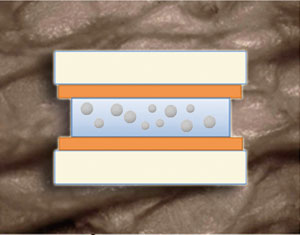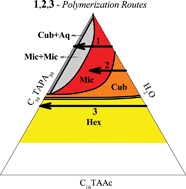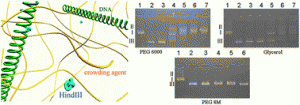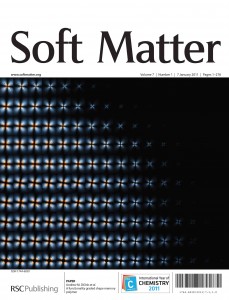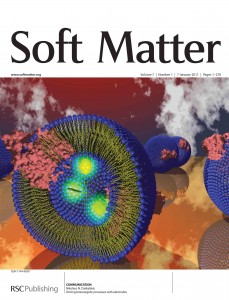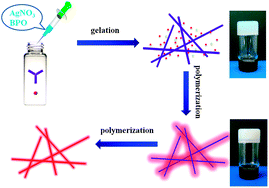Sticky hydrogels make resilient wound dressings
An adhesive material made from a hydrogel filled with nanoparticles could lead to wound dressings that won’t fall off when you sweat. It could even be used to deliver drugs through skin, claim French scientists.
Traditional wound dressings lose their ability to stick to skin in the presence of water – a major component of sweat – shortening their lifespan. Now, scientists led by Bruno Grassl from the University of Pau and Pays de l’Adour have developed adhesive materials based on hydrogels to overcome this problem. Hydrogels contain a large quantity of water already, which allows them to tolerate the additional water from sweat; however, their mechanical properties, such as elasticity, are often poor. Interested to know more? Read the full article for free in Chemistry World here.


